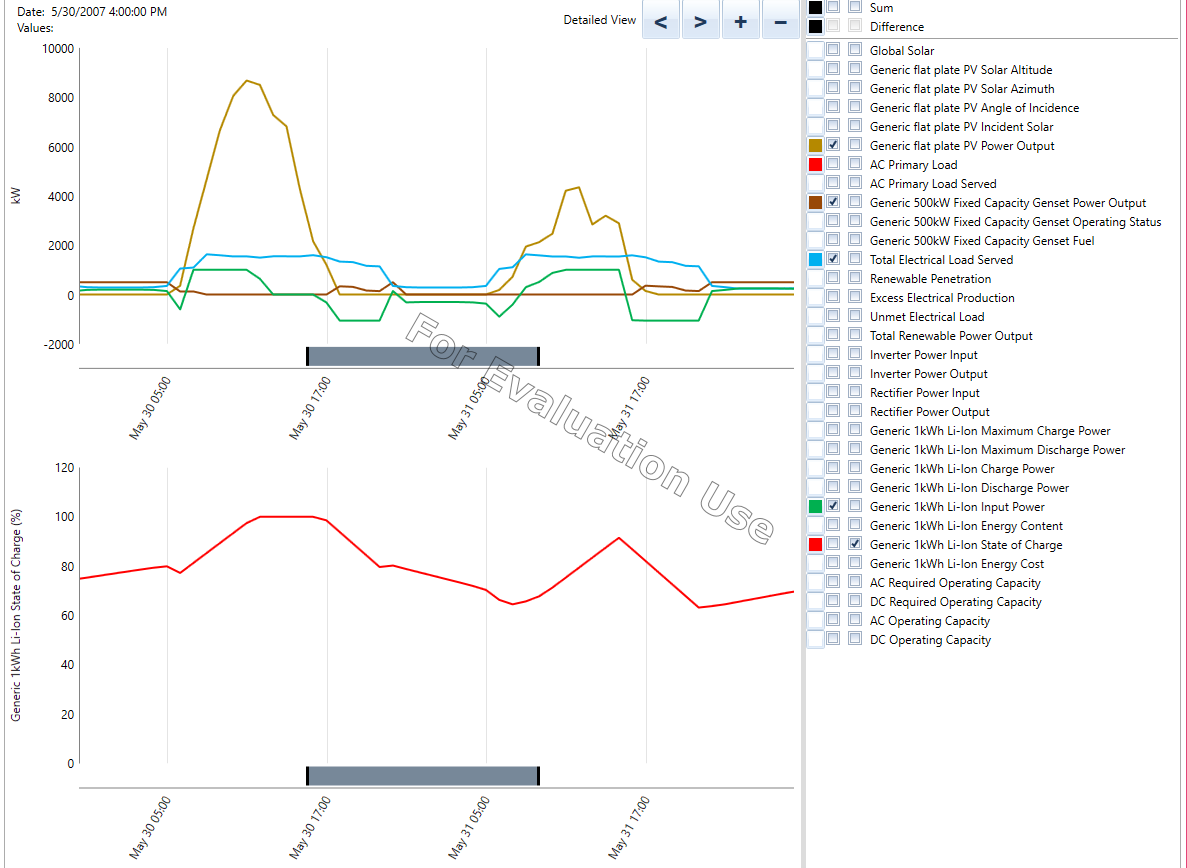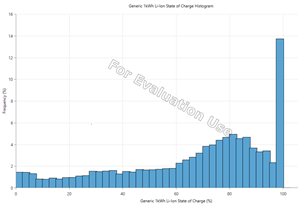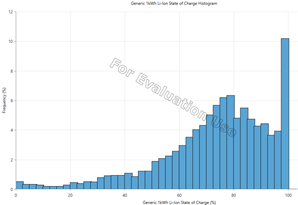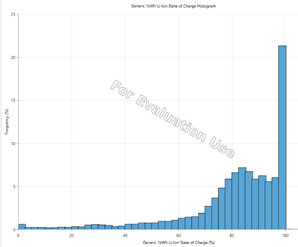
HOMER Pro 3.15

Under the HOMER Predictive dispatch strategy, the dispatch algorithm knows the upcoming electric and thermal demand, as well as the coming solar and wind resource availability. It will often produce results with lower system operating costs compared to the other dispatch strategies in HOMER Pro. HOMER Predictive has 48-hour foresight and uses this knowledge to operate the batteries in an economical way. It will approximate modern systems that use forecasting to improve performance.
|
Note: HOMER Predictive may be used for systems with one generator/CHP unit and no electric grid. |
HOMER Predictive dispatch is abbreviated to “PS” in tables on the results page.
HOMER Predictive maximizes self consumption
HOMER Predictive control algorithm will allow the battery to discharge in anticipation of times when the PV output is greater than the load. By doing this, the system can maximize self-consumption instead curtailing excess energy produced.
Example: In the time series plot below, the dispatch discharges the battery during the night to meet the load and to make room to capture maximal PV energy produced. The generator turns on mornings and evenings to supplement the PV production.
On the morning of May 30th, the battery approaches the minimum SOC, leaving room to absorb what will be a very sunny day with excess PV production. During the day of the 30th, the battery goes from ~20% SOC to 100% SOC, and there is some PV energy that is excess (or must be curtailed).
During the night, the battery serves the load and the generator does not operate. There is enough room in the battery to capture all of the energy produced by the PV on the 31st.

The example above contrasts the Cycle Charging Dispatch, where the dispatch has no information about the future. So, unlike the example above, during the night, the generator is running at 100% (500kW), and the battery is charging that excess (see that the battery state of charge is increasing between 75 to over 80% during the early morning of May 30th). The system does not know that May 30th will have a lot of excess PV energy.
In this case, the battery charges to 100% SOC early in the day, and the system produces excess energy (or curtails energy) for the rest of the day. If this system had been using HOMER Predictive, the battery would have been able to capture more of the energy produced by the PV.

HOMER Predictive uses the full range of capacity of the batteries and allows for more aggressive charging and discharging of the battery. You can view a comparison of HOMER Predictive's dispatch strategy to Cycle Charging and Load Following below.
HOMER Predictive


Cycle Charging


Load Following


